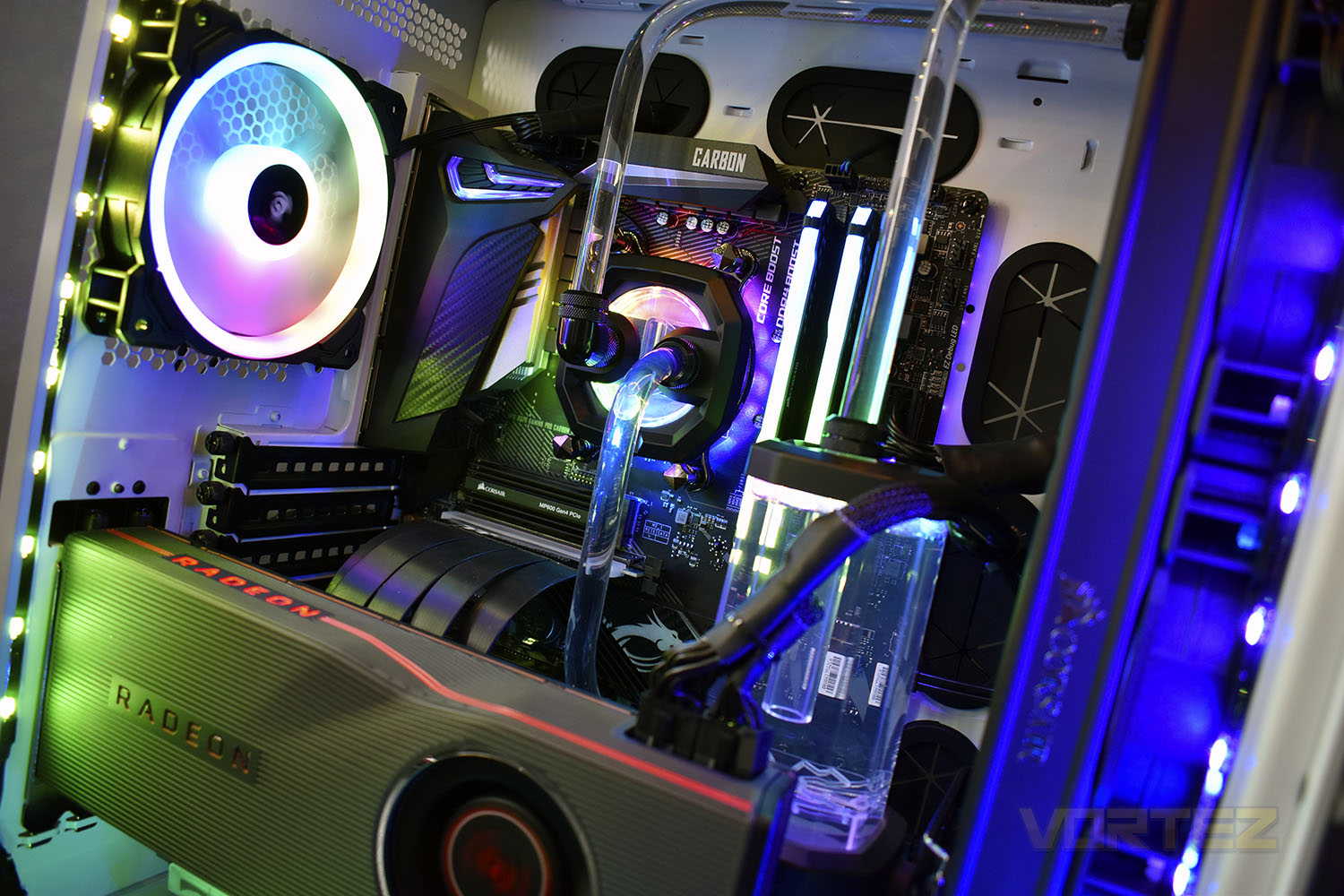
Similar to a car, your gaming PC needs to have a hardware upgrade every now and then to be in top shape. These upgrades allow your PC to run newly released games on the market smoothly. However, before you upgrade any parts on your gaming PC, you need to identify which parts need to be upgraded. You should also have an idea of the indicators that will tell you why a hardware component needs to be upgraded.
Below are ways to identify which hardware to upgrade in your gaming PC and the recommendations on which model to use:
Processor
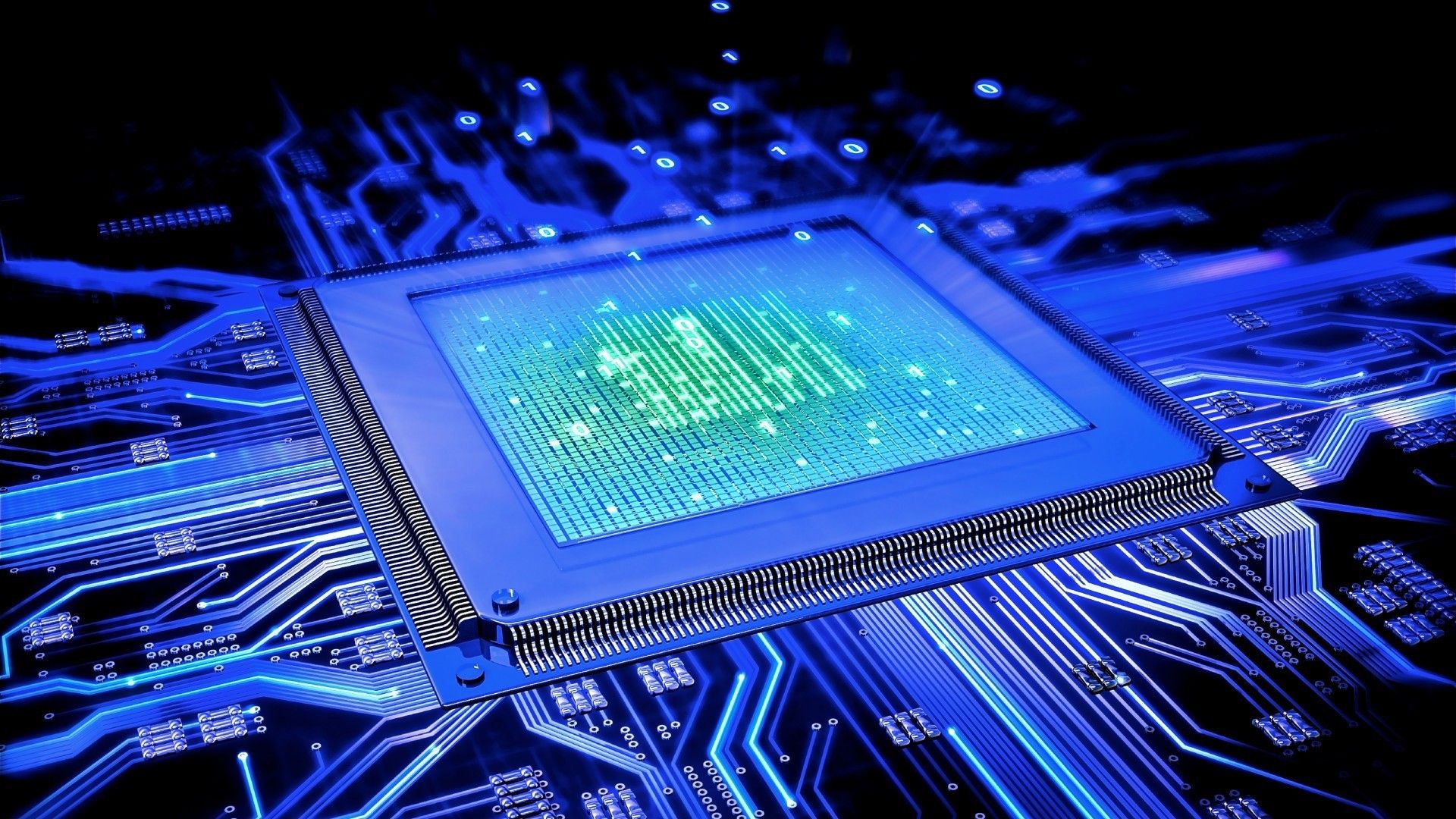
The best indicator to know if your gaming PC is due for a CPU upgrade is when it begins to perform a little sluggish. Simply put, your unit takes forever to load applications and is not as fast as when you first bought it.
While there are several reasons why your gaming PC may be slowing down, you can exactly pinpoint if it’s the CPU that is causing the problem. You can check your CPU usage using Task manager. If the CPU usage is closer to 80% or 90%, then your unit can’t handle most of the currently running programs. And this is causing your gaming PC to run slow. Upgrading your CPU will help fix this issue and increase the power of your gaming rig.
Once you decide to upgrade your CPU, you should first check the motherboard of your unit. Remember that the CPU model you’re going to buy should be compatible with your motherboard and other hardware components.
Both Intel and AMD CPUs categorize their processor models using numbers. For example, Intel uses name series such as i3, i5, and i7. AMD Ryzen, on the other hand, uses name series such as 5000, 6000, 7000, or 8000. When choosing a CPU, remember that the higher the number in the name series, the better and more powerful the unit is. You should also double-check if the processor can be overclocked in case you want to boost its speed and performance in the future.
Graphics Card
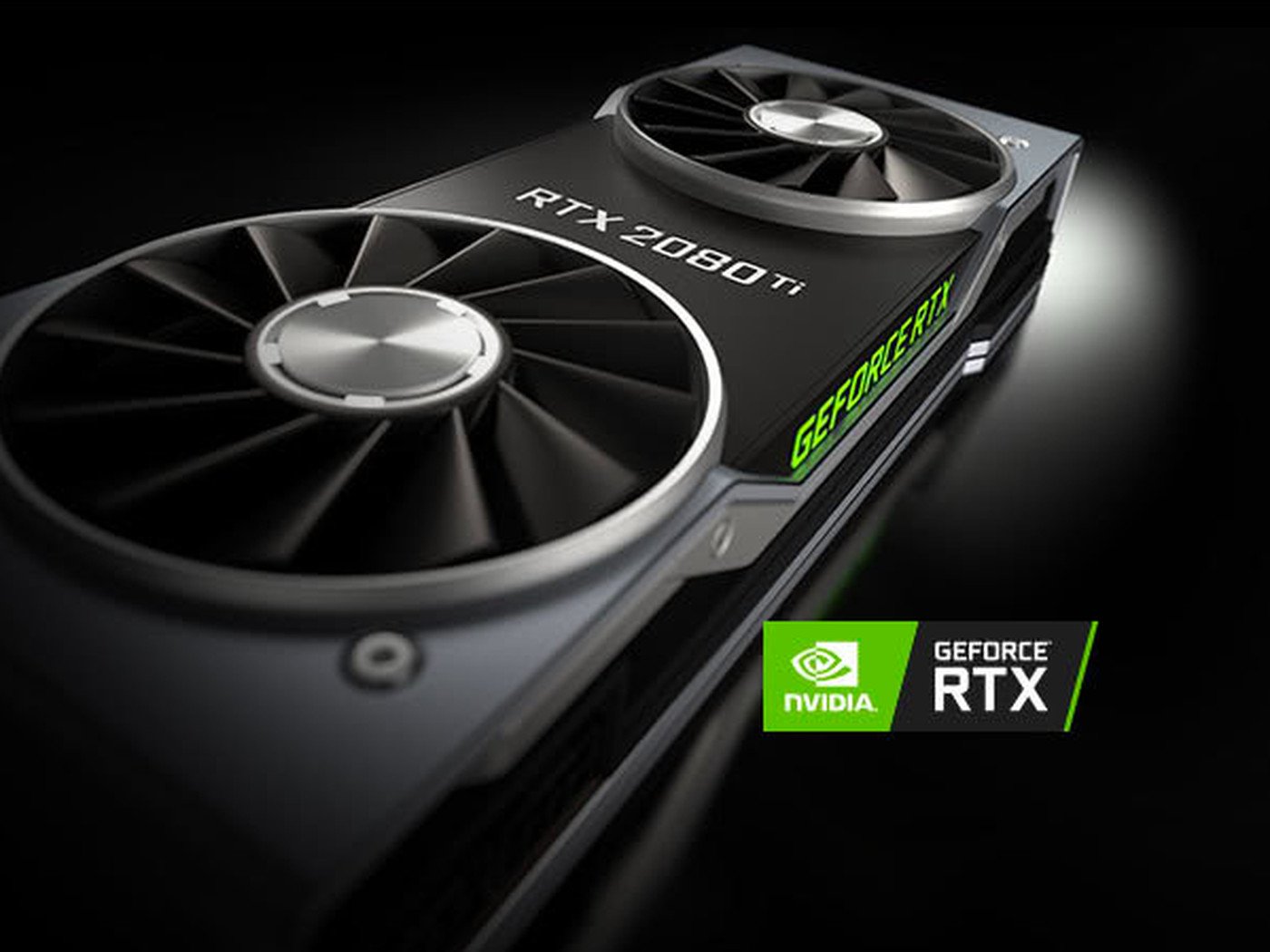
Upgrading your graphics card or GPU should be considered once it starts to become the bottleneck of your system. To identify if it is, you need to check your Task Manager. If the CPU usage remains low and your gaming PC has at least 16GB of RAM, it’s best to upgrade to a more powerful graphics card.
Try running a video game and check the GPU usage. If it’s close to 100% and the game’s resolution or graphics begin stuttering, then that’s an indicator that your GPU can handle running the video game you’re playing.
Similar to CPU models, graphics cards have series names with numbers. NVIDIA, for example, has GPU models like the 3060, 3070, 3080, and 3090. AMD Radeon, on the other hand, has models with numbers such as 5600, 5700, 6700, 6750, 6800, and 6900. And as the general rule, the higher the number of the GPU model name, the newer and better it is. You also need to remember that when choosing a GPU, it needs to be compatible with your processor (CPU) and motherboard.
RAM
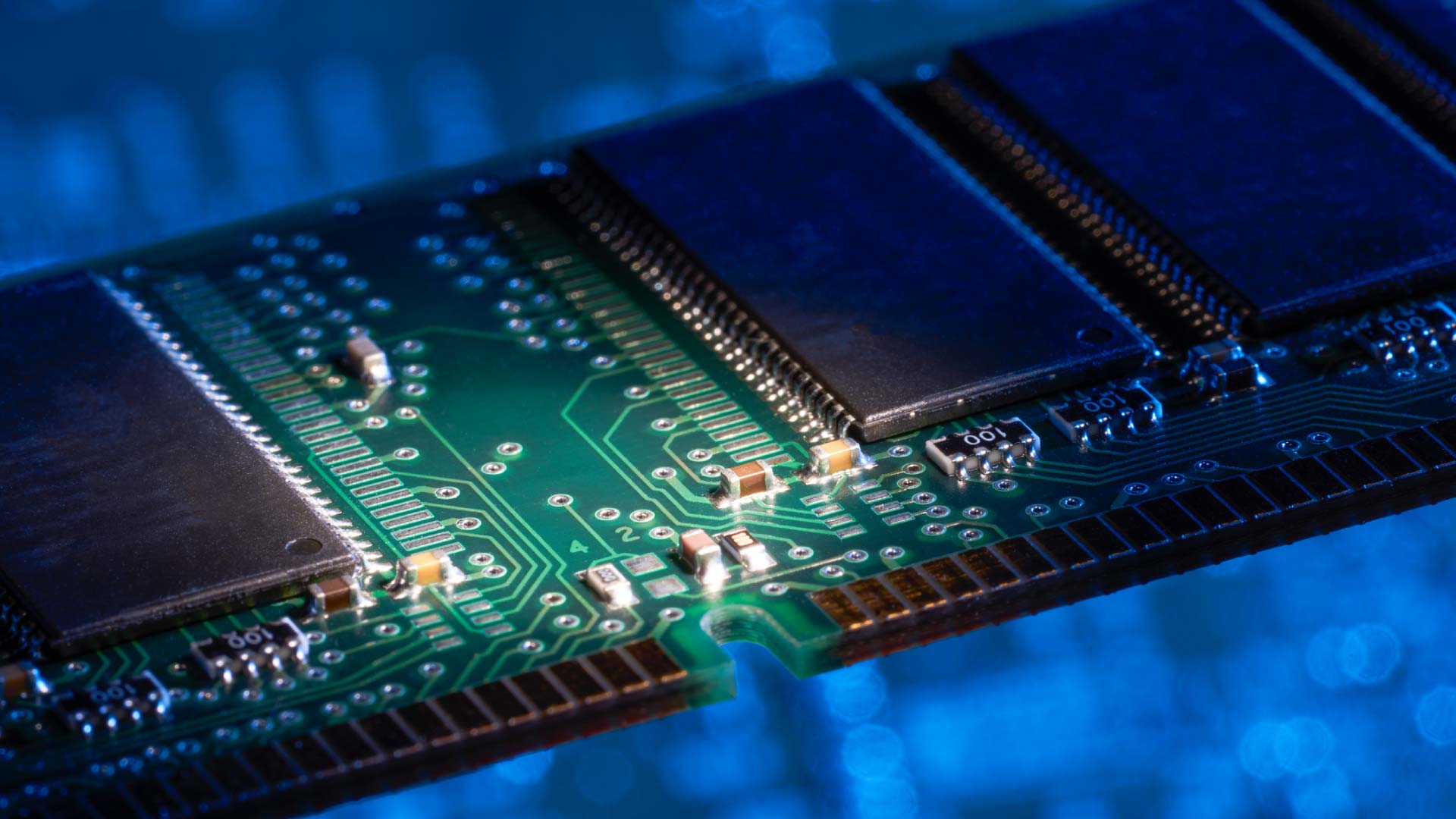
RAM stands for random-access-memory. This hardware component is responsible for storing the memory of the current programs running in your processor. The higher the RAM number installed in your unit, the more programs you can run simultaneously.
Most games in the market require only 8GB RAM to run. However, an ideal gaming PC should have at least 16GB of RAM installed. If you are likely to use demanding programs such as photo-editing and video-editing software, or streaming programs, it’s better if you can notch up your RAM up to 24GB or 32GB if possible.
Here are a few indicators that can tell you when you should upgrade your RAM:
- Programs don’t respond or take too long to load.
- It is hard to multitask and toggle between multiple programs.
- Notifications that say “low memory” or “out of memory” appear on your screen.
- Your computer freezes when running multiple programs.
- The system doesn’t respond when you open up a program while running another one in the background.
Storage Device
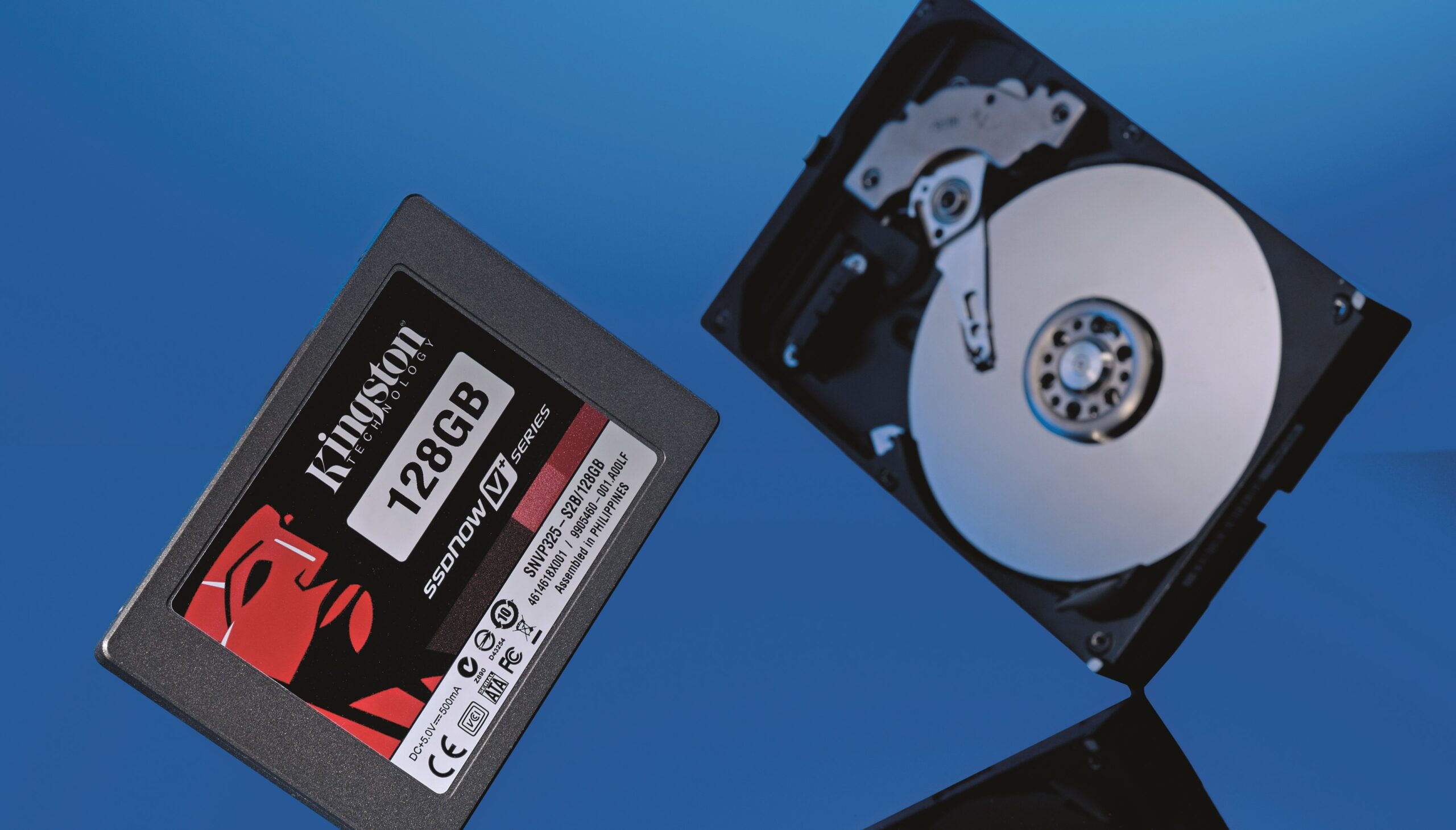
If the RAM is where running programs are stored, other programs, software, and video games that aren’t used or opened stay on the storage device. In ideal cases, your gaming PC can have two storage devices installed, or what is commonly called a combo hard drive setup. This means that your unit has an SSD and HDD storage devices. SSDs are smaller but better read-and-write than HDDs. However, HDDs have a longer lifespan, plus they are cheaper.
In a combo hard drive setup, the SSD is used to store the operating system and other essential software, while the HDD is used to install files, documents, and other programs. This gives the gaming PC more storage space to download their games.
If your gaming PC only has an SSD, then you can install another HDD to provide more storage space in your device. You can then move all the files you don’t usually open on the HDD and keep all the important ones on the SSD. By doing so, you will instantly see an improved performance in the processing speed of your unit.